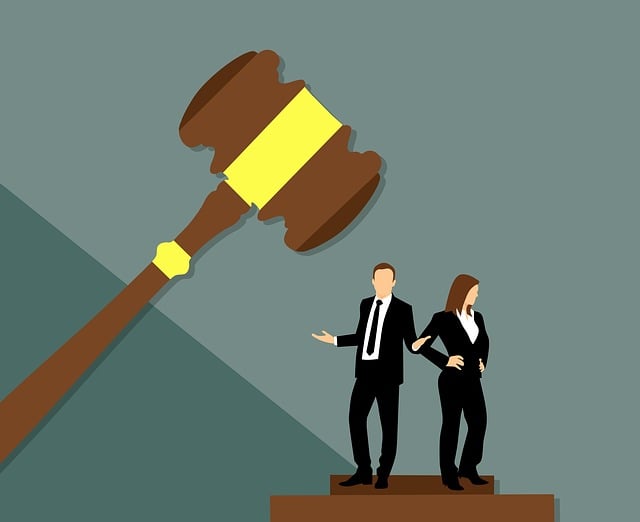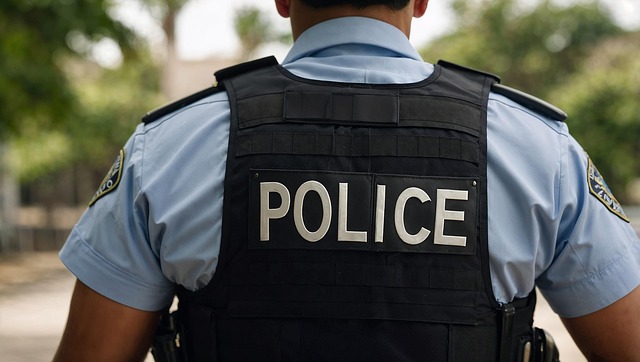Environmental crime trials demand a unique legal approach, focusing on presenting compelling evidence of ecological degradation and its long-term impacts. Unlike personal injury claims, these cases require robust scientific data, expert testimony, and detailed documentation of corporate activities to prove causation and damages. The goal is to hold corporations and individuals accountable through strategic legal approaches, including jury trials, for resolutions that secure justice and compensation for environmental injuries. Success hinges on navigating complex science, technology, and storytelling during legal presentations. Notable cases have led to substantial fines, restorative actions, and stricter environmental regulations, demonstrating the effectiveness of thorough documentation in securing justice for harmed communities.
“Environmental Crime Trials: Uncovering Legal Justice in a Complex World
This comprehensive guide delves into the intricate legal landscape of environmental crime trials, focusing on personal injury claims. We explore how these cases, often involving toxic exposure and community health issues, require robust evidence to prove liability. From understanding key legal perspectives to navigating challenges in evidence collection, this article offers insights into the types of evidence needed for a successful claim. Join us as we analyze real-world case studies, shedding light on the impact of environmental justice through legal processes.”
- Understanding Environmental Crime Trials: A Legal Perspective
- The Role of Evidence in Proving Personal Injury Claims
- Types of Evidence Required for Environmental Cases
- Challenges in Gathering and Presenting Evidence
- Case Studies: Successful Environmental Crime Trials
Understanding Environmental Crime Trials: A Legal Perspective

Environmental Crime Trials present a unique legal challenge where the focus shifts from traditional criminal proceedings to addressing harm caused to the environment. From a legal perspective, understanding these trials necessitates exploring the specific evidence required for a successful personal injury claim. This goes beyond the typical physical injuries; it involves documenting environmental degradation and its impact on ecosystems, communities, and human health.
In these cases, gathering comprehensive evidence is crucial. It includes scientific reports, expert witness testimonies, and detailed records of corporate activities that led to environmental damage. Unlike standard evidence needed for a personal injury claim, the scale here is often larger, encompassing long-term ecological effects and potential future consequences. Additionally, these trials may involve complex legal strategies aimed at holding both corporations and individuals accountable, with an emphasis on avoiding indictment and instead reaching resolutions through jury trials.
The Role of Evidence in Proving Personal Injury Claims

In environmental crime trials, proving personal injury claims requires a robust and well-documented case. The first step is to gather comprehensive evidence that links the defendant’s actions to the alleged harm. This includes scientific reports, expert witness testimony, and detailed records of exposure to pollutants or toxic substances. Digital evidence, such as satellite imagery and geospatial data, can also play a crucial role in illustrating environmental degradation and its impact on human health.
Jurors in these trials often rely heavily on the quality and relevance of the evidence presented during jury trials. A winning challenging defense verdict for his clients hinges on clear and convincing evidence that demonstrates causation and damages. Attorneys must be prepared to navigate complex scientific and technical aspects, ensuring their arguments are not only logically sound but also accessible to the layperson. This strategic approach is essential in securing favorable outcomes for victims seeking justice and compensation for environmental injuries.
Types of Evidence Required for Environmental Cases

In environmental crime trials, the types of evidence required differ significantly from traditional personal injury claims. While evidence needed for a personal injury claim typically focuses on proving direct harm to an individual, environmental cases demand a broader scope. For his clients involved in high-stakes cases, including white collar and economic crimes, gathering scientific data and expert testimony becomes paramount. This could include air and water quality samples, soil analysis, and reports from environmental scientists to illustrate the extent of ecological damage.
Moreover, documentation of company policies, internal communications, and compliance records are crucial. These serve as evidence of intent and negligence in managing environmental risks. In contrast to personal injury claims where physical injuries are immediate, environmental harm can be subtler and more diffuse, making it essential to rely on comprehensive data and expert interpretations for a compelling case.
Challenges in Gathering and Presenting Evidence

Gathering and presenting evidence for environmental crime trials poses unique challenges. Unlike traditional personal injury claims where physical injuries and direct correlations to harm are readily measurable, environmental damage is often subtler and more complex to quantify. This complexity arises from the intricate interplay of ecological systems, making it difficult to attribute specific consequences directly to a pollutant or contaminant source. As a result, building a compelling case requires an unprecedented track record of scientific expertise, meticulous data collection, and sophisticated modeling techniques throughout all stages of the investigative and enforcement process.
Moreover, environmental crimes, often characterized as white-collar and economic crimes, can be challenging to prosecute due to their indirect nature. Offenders may not directly cause harm but instead profit from environmentally destructive practices. This requires investigators to gather indirect evidence, such as financial records, business transactions, and historical data, to demonstrate a causal link between the defendant’s actions and the resulting environmental damage. Effectively presenting this intricate web of information in a court of law demands clear communication and compelling storytelling that connects dots across various disciplines.
Case Studies: Successful Environmental Crime Trials

Environmental crime trials have been instrumental in holding perpetrators accountable and securing justice for harmed communities. Notable case studies demonstrate the power of these proceedings. For instance, successful prosecutions have targeted companies involved in water pollution, leading to significant fines and restorative actions. In these cases, thorough documentation of environmental damage, including scientific reports and expert witness testimonies, served as crucial evidence needed for a personal injury claim. This evidenciary process not only secured compensation for affected residents but also prompted the implementation of stricter environmental regulations.
Another compelling example involves white-collar and economic crimes related to deforestation. By examining financial records, government officials, and industry insiders, prosecutors were able to uncover illegal logging operations. These trials resulted in landmark convictions, sending a strong message that avoiding indictment is not an option for those who cause widespread ecological damage. The use of forensically sound evidence, including digital trails and witness statements, played a pivotal role in these successful environmental crime trials.
Environmental crime trials play a pivotal role in holding perpetrators accountable for their actions, which have often had detrimental effects on ecosystems and communities. By understanding the legal framework, gathering robust evidence, and learning from successful case studies, we can ensure these trials are effective. The types of evidence needed for personal injury claims in environmental cases must be meticulously collected to prove liability and damages, addressing the unique challenges that arise. This comprehensive approach is essential to achieving justice and preventing further ecological and human health damage.






